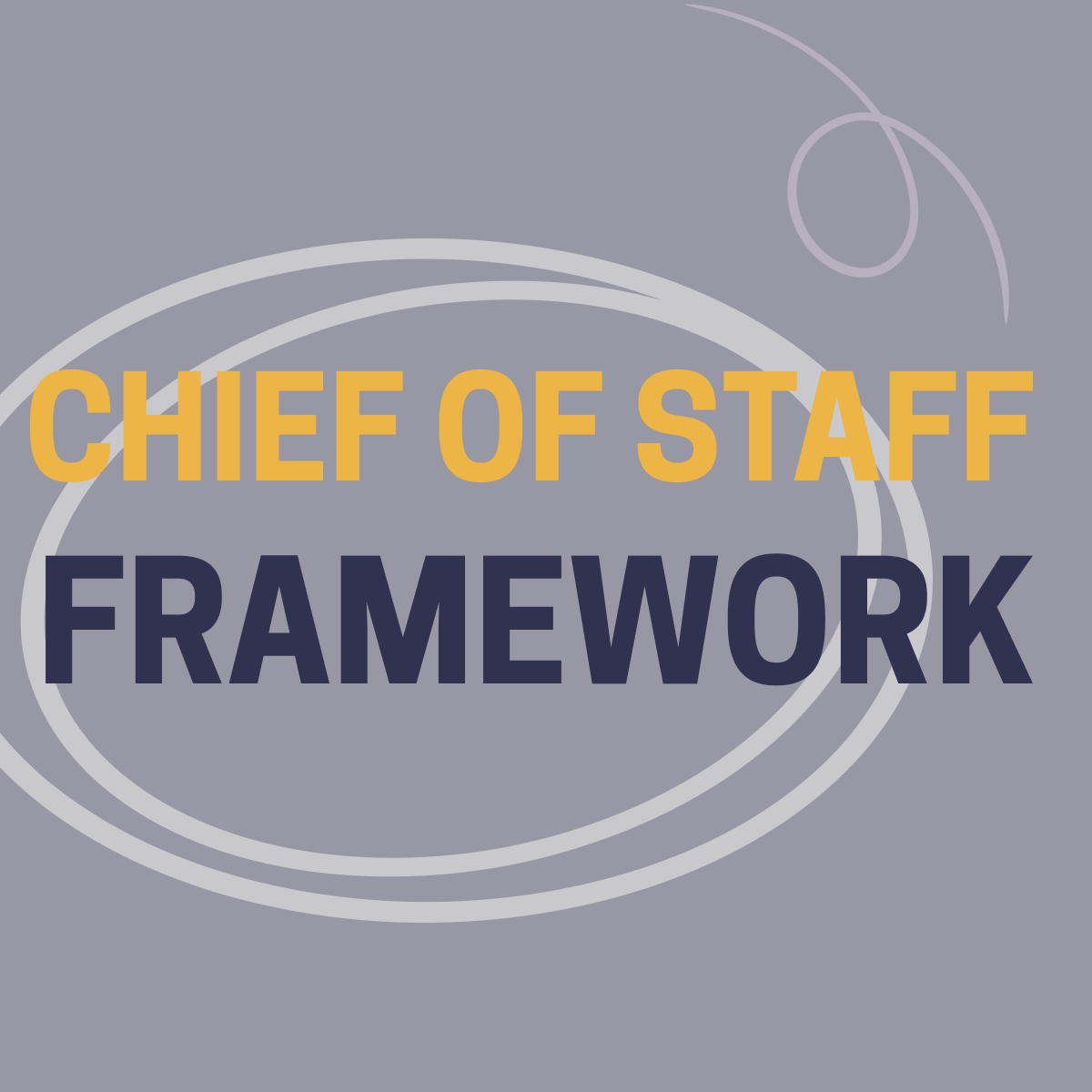Chris Fussell shares an in-depth overview of our Team of Teams Framework in this Weekly Whiteboard multi-part series.
At its core, Team of Teams offers a new model for leading organizations. It argues that organizations can create a hybrid, teaming-based model if they communicate with greater speed, inclusion, and transparency—and adjust their culture and leadership behavior in conjunction with these process changes.
What is a 'Team of Teams,' and How did we come to this need for a hybrid model?
Although bureaucratic systems are slow, they are intentionally designed with rigidity. High-performing teams flow between this organized structure and an adaptable network.
A Team of Teams approach values a hybrid organizational structure that retains the strength and scale of a long-standing bureaucracy and cultivates new opportunities for network dynamics to form.
Transforming into a hybrid organization requires both process and behavior changes. Processes include the cadence of strategy communications, while behaviors are the cultural lens individuals embody.
Changing Culture
Broadly generalized north stars are counterproductive in bureaucratic organizations. Individuals interpret these goals from their network’s perspective; therefore, they are disincentivized to work outside their siloes.
Putting the Right Structures in Place
A top-down communication structure organized by strategic, operational, and tactical decision-makers is efficient but does not respond fast enough to dynamic problems.
Bottom-up, recurring forums cultivate opportunities for large organizations to respond to the pace of their rapidly changing environments and to solve real-time network problems.
Filling the ranks of the meetings
Integrating a bottom-up forum within a top-down system pushes relevant information up to senior leadership and creates problem-solving conversations between networks.
What difference does this make for leaders?
An organization that operates as a Team of Teams implements transparent communication processes to decentralize decision-making to frontline networks so that senior leaders can prioritize strategy conversations.



